Air conditioning makes our homes cooler and more comfortable, but for many plants, it can be a challenge. The dry, cold air from AC units often causes leaves to curl, brown, or lose vibrancy. Some plants simply cannot handle temperature fluctuations, leading to slow growth or even wilting. However, some tough indoor plants can adapt to these conditions, tolerating lower humidity and cooler air without fuss. If you want greenery that thrives despite AC, here are 20 resilient houseplants to consider.
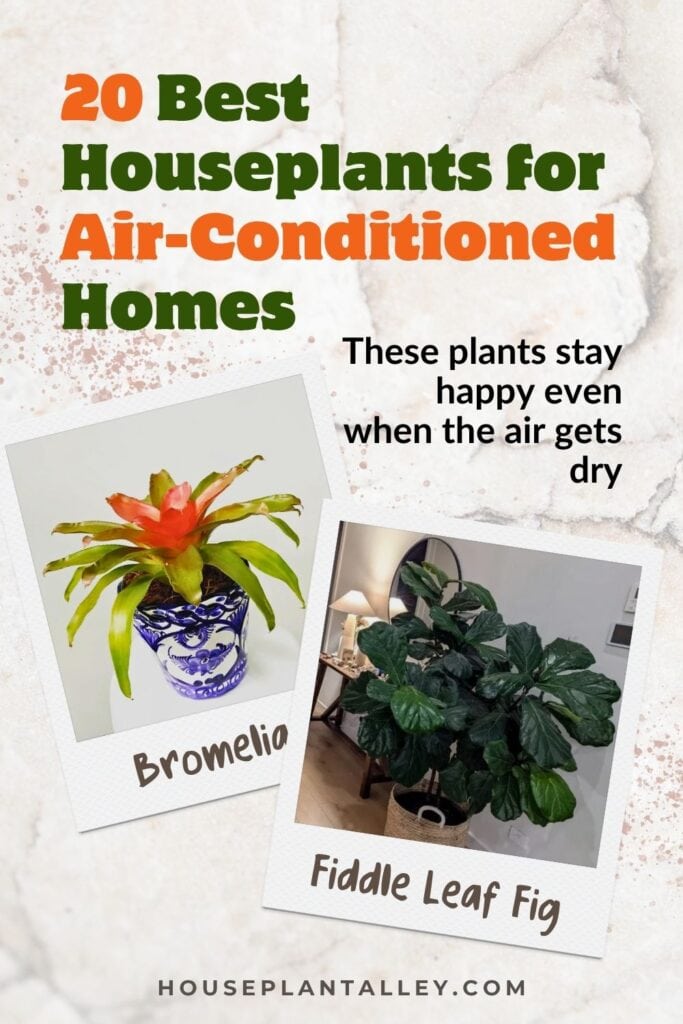
Contents
- 1 Areca Palm (Dypsis lutescens)
- 2 Fiddle Leaf Fig (Ficus lyrata)
- 3 Schefflera (Schefflera arboricola)
- 4 Swiss Cheese Plant (Monstera deliciosa)
- 5 Pencil Cactus (Euphorbia tirucalli)
- 6 Hoya (Hoya spp.)
- 7 Jade Plant (Crassula ovata)
- 8 Croton (Codiaeum variegatum)
- 9 Lady Palm (Rhapis excelsa)
- 10 Anthurium (Anthurium andraeanum)
- 11 Bird of Paradise (Strelitzia reginae)
- 12 Moth Orchid (Phalaenopsis spp.)
- 13 Corn Plant (Dracaena fragrans)
- 14 Kentia Palm (Howea forsteriana)
- 15 Lipstick Plant (Aeschynanthus radicans)
- 16 Bromeliad (Bromeliaceae spp.)
- 17 Grape Ivy (Cissus rhombifolia)
- 18 Dumb Cane (Dieffenbachia seguine)
- 19 Ponytail Palm (Beaucarnea recurvata)
- 20 Christmas Cactus (Schlumbergera spp.)
Areca Palm (Dypsis lutescens)
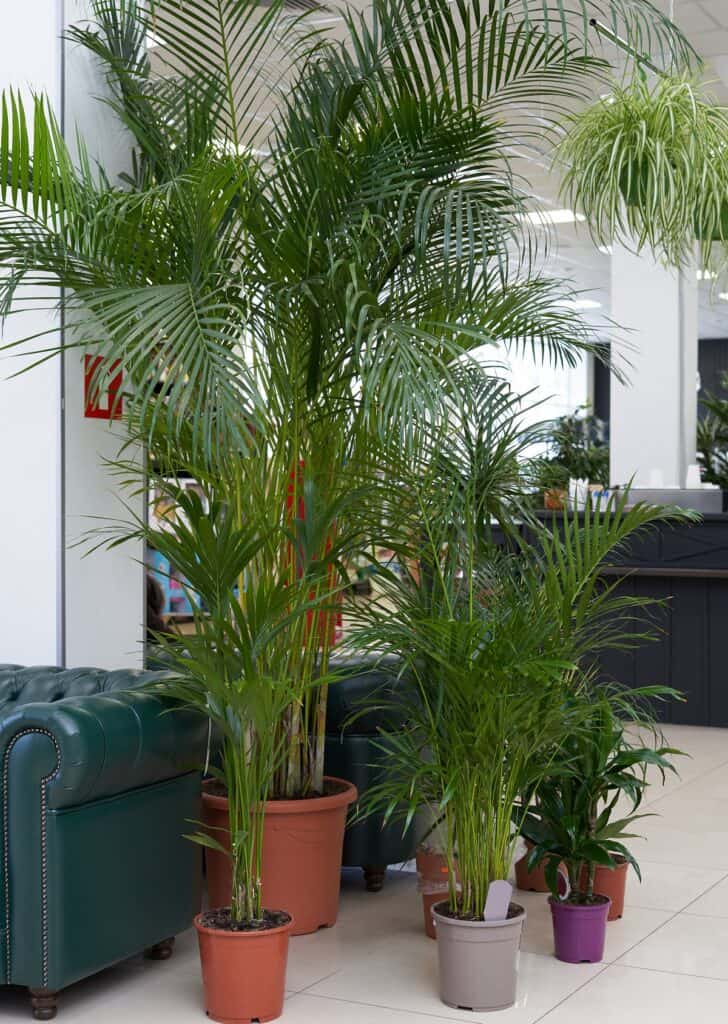
This graceful palm tolerates air conditioning surprisingly well. It adjusts to cooler temperatures but benefits from occasional misting to prevent dryness.
Fiddle Leaf Fig (Ficus lyrata)
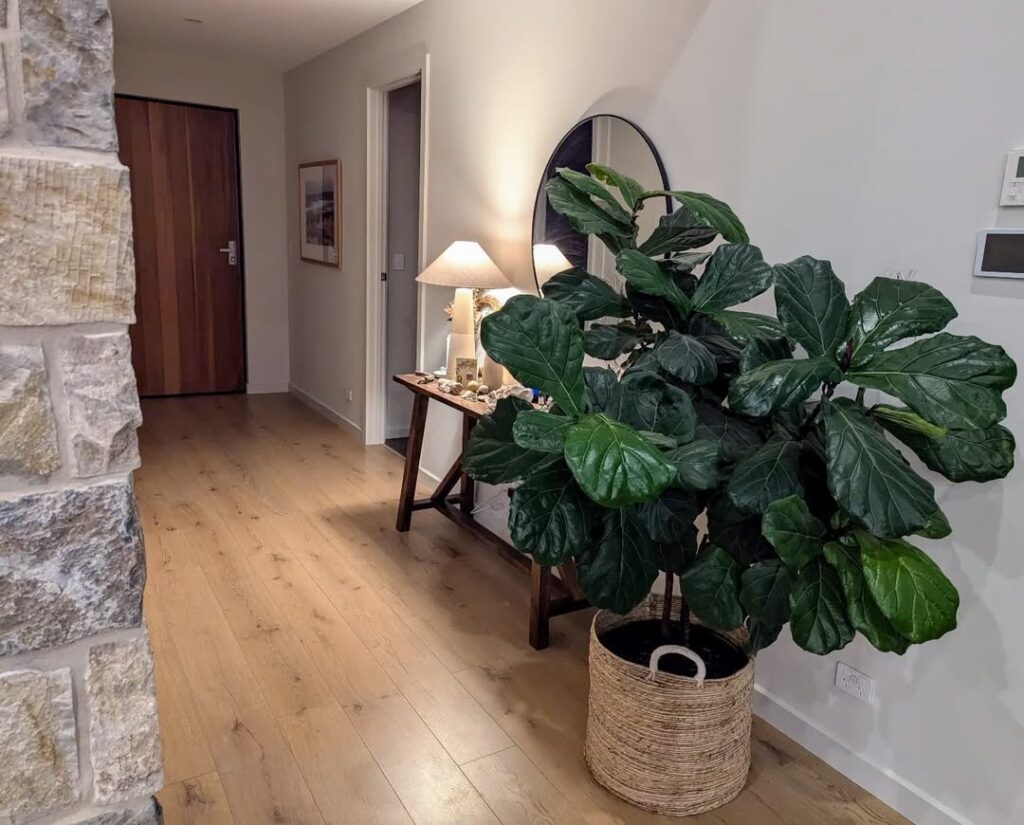
While sensitive to drastic changes, fiddle leaf figs can survive in air-conditioned spaces as long as they are kept away from direct airflow.
Schefflera (Schefflera arboricola)
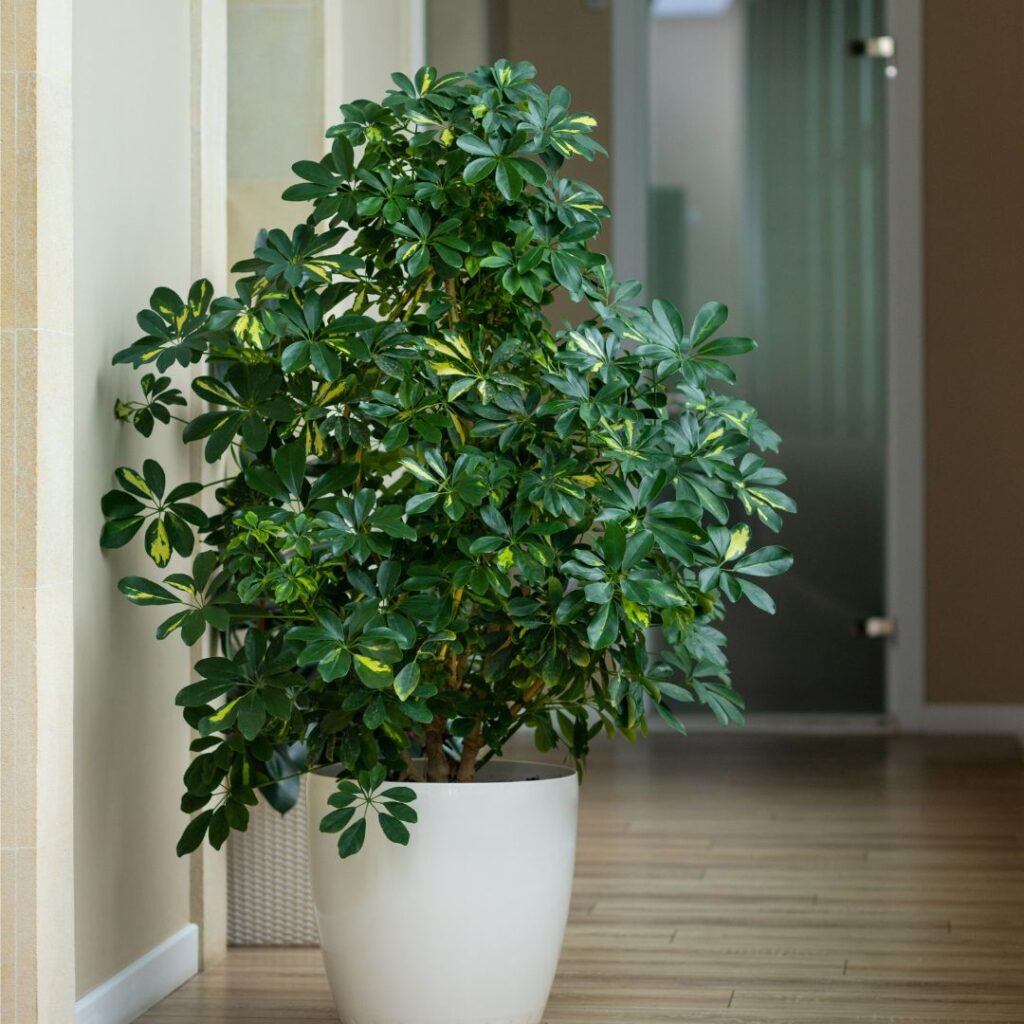
Also known as the umbrella tree, Schefflera handles AC environments well. Its glossy leaves remain fresh even in lower humidity conditions.
Swiss Cheese Plant (Monstera deliciosa)
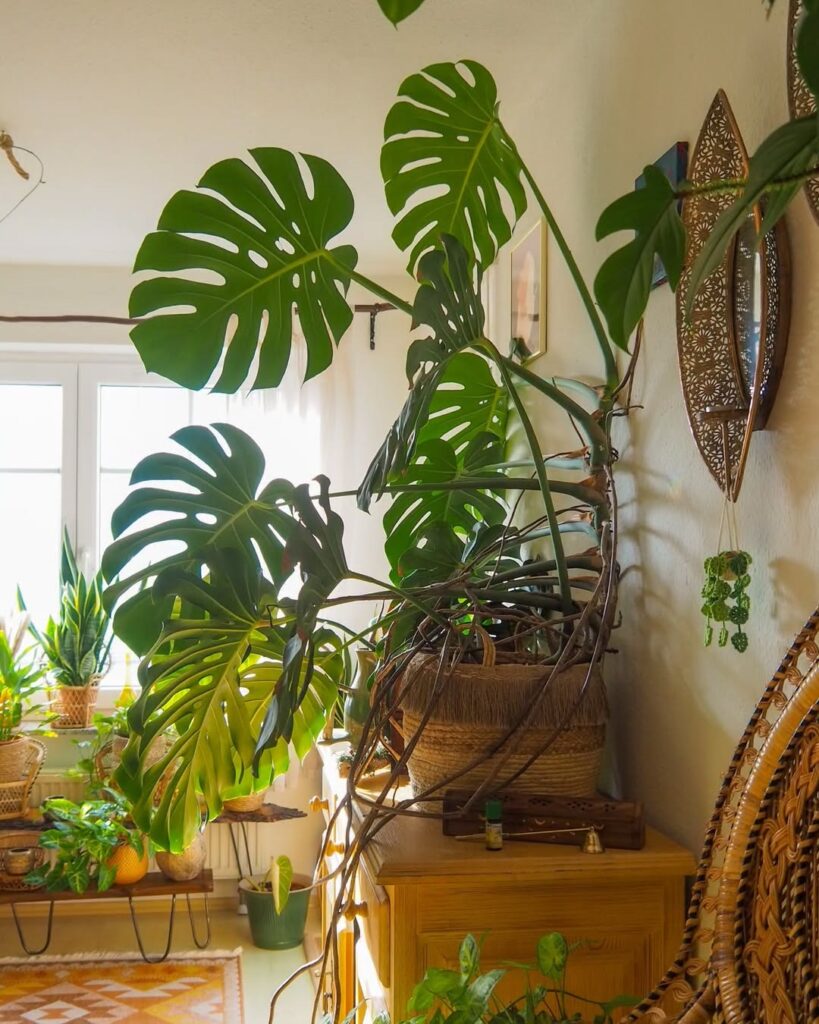
Monstera can survive air conditioning if watered consistently. It tolerates occasional temperature changes, making it an ideal houseplant for modern homes.
Pencil Cactus (Euphorbia tirucalli)
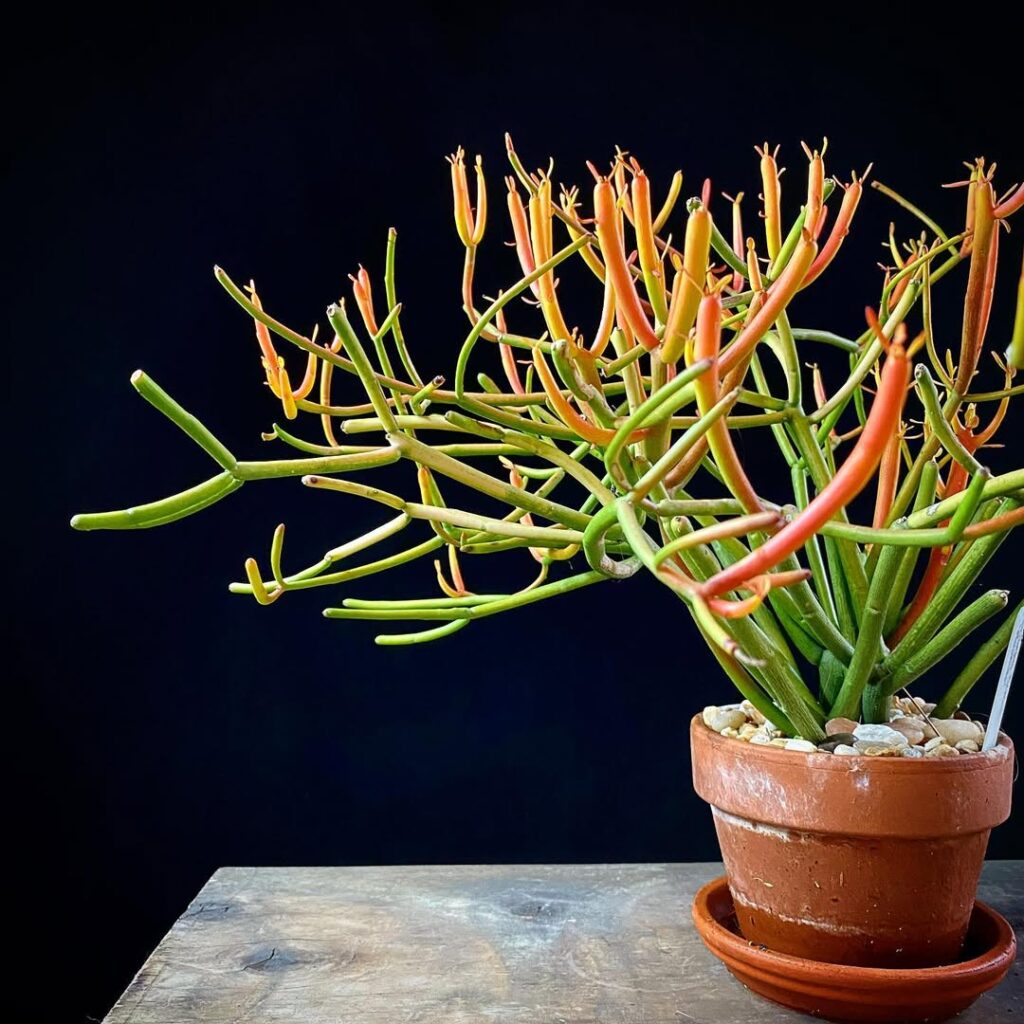
This striking succulent thrives in dry indoor air. Its ability to store moisture makes it perfect for AC environments.
Hoya (Hoya spp.)

Hoyas adjust well to air-conditioned rooms, thriving in stable indoor conditions. Their waxy, trailing leaves stay fresh with occasional watering.
Jade Plant (Crassula ovata)
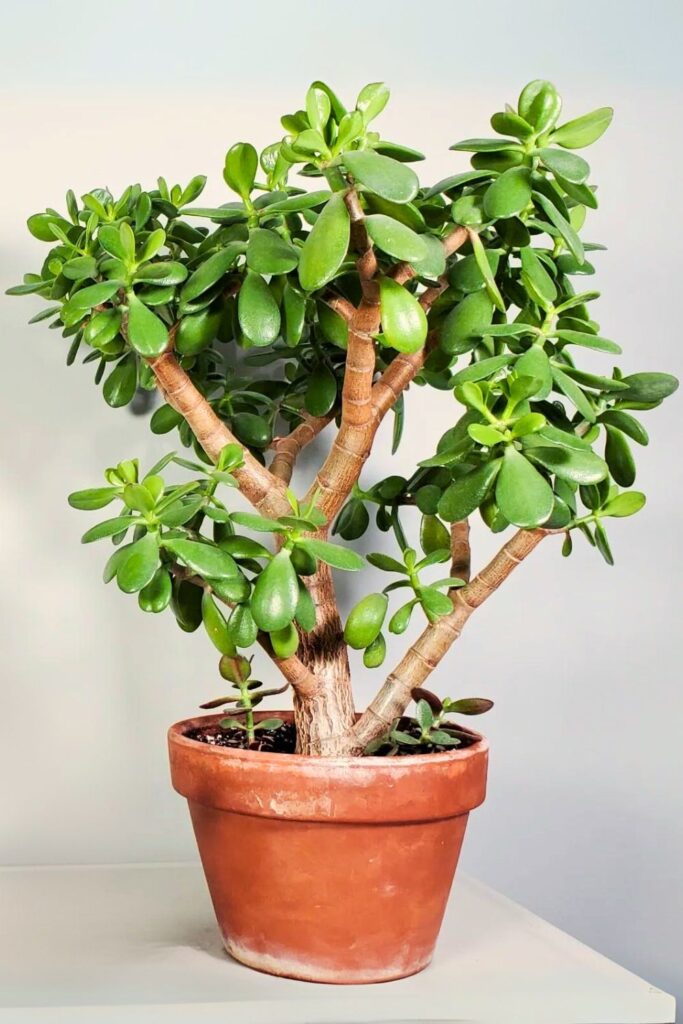
Jade plants are resilient and tolerate dry indoor air. Their thick, fleshy leaves retain moisture, making them perfect for AC spaces.
Croton (Codiaeum variegatum)
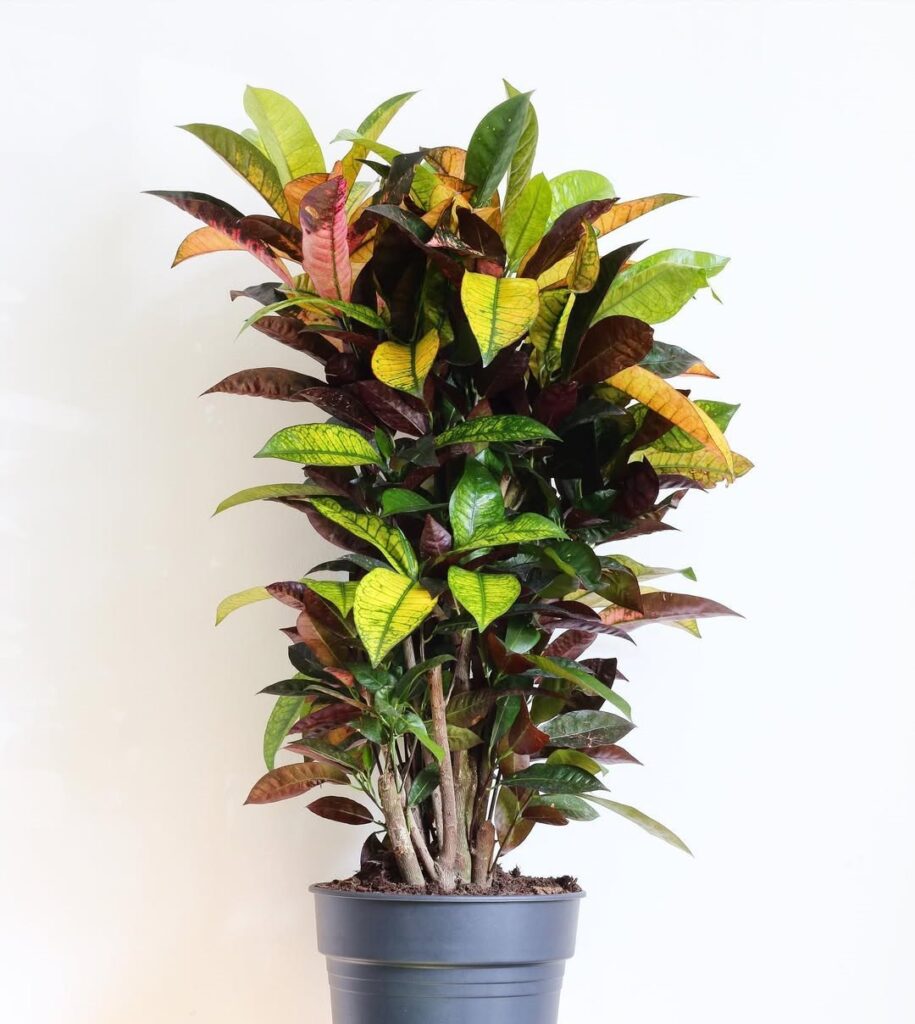
Crotons thrive in bright indoor conditions and handle temperature fluctuations well. Their colorful leaves add vibrancy to air-conditioned rooms.
Lady Palm (Rhapis excelsa)
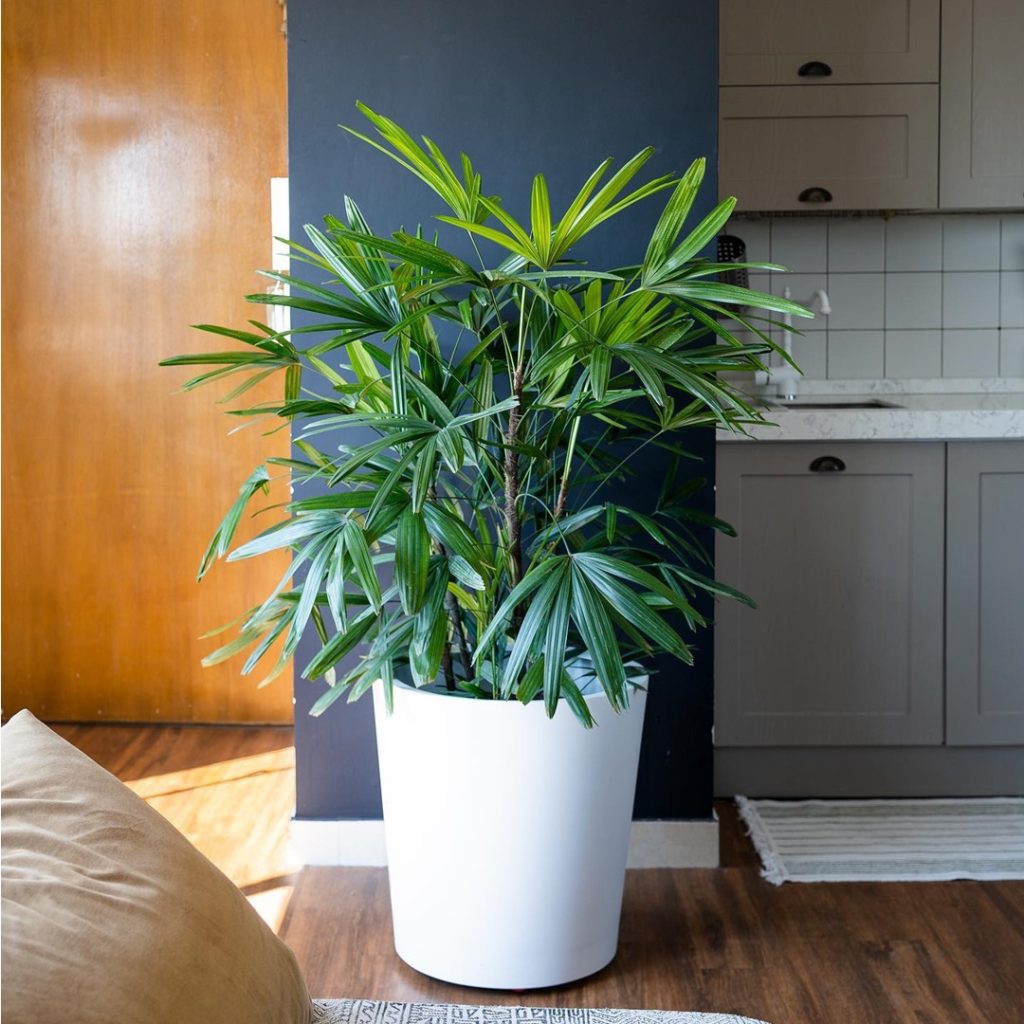
Lady palms are excellent choices for AC environments. They adapt to lower humidity levels and stay lush with regular watering.
Anthurium (Anthurium andraeanum)
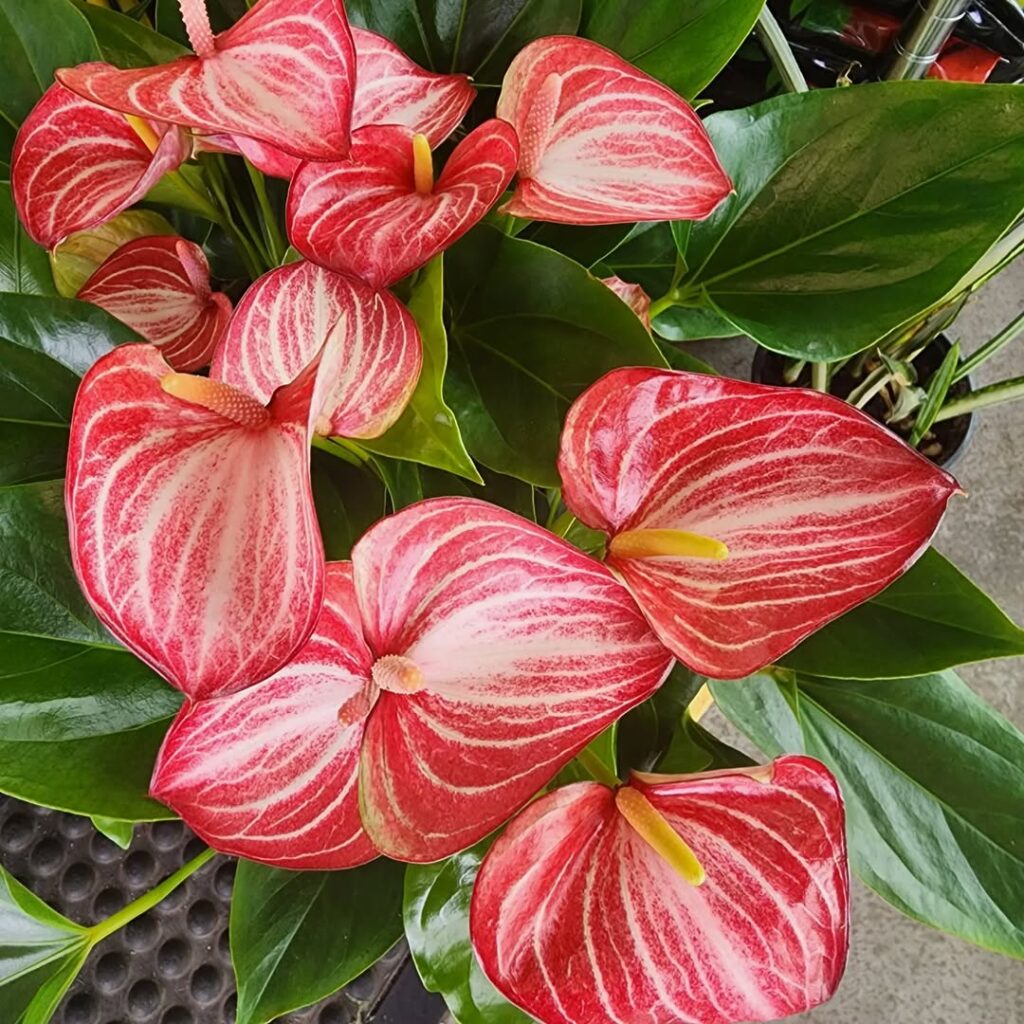
This tropical beauty survives AC air if kept in bright, indirect light. Its vibrant flowers continue blooming with occasional humidity boosts.
Bird of Paradise (Strelitzia reginae)
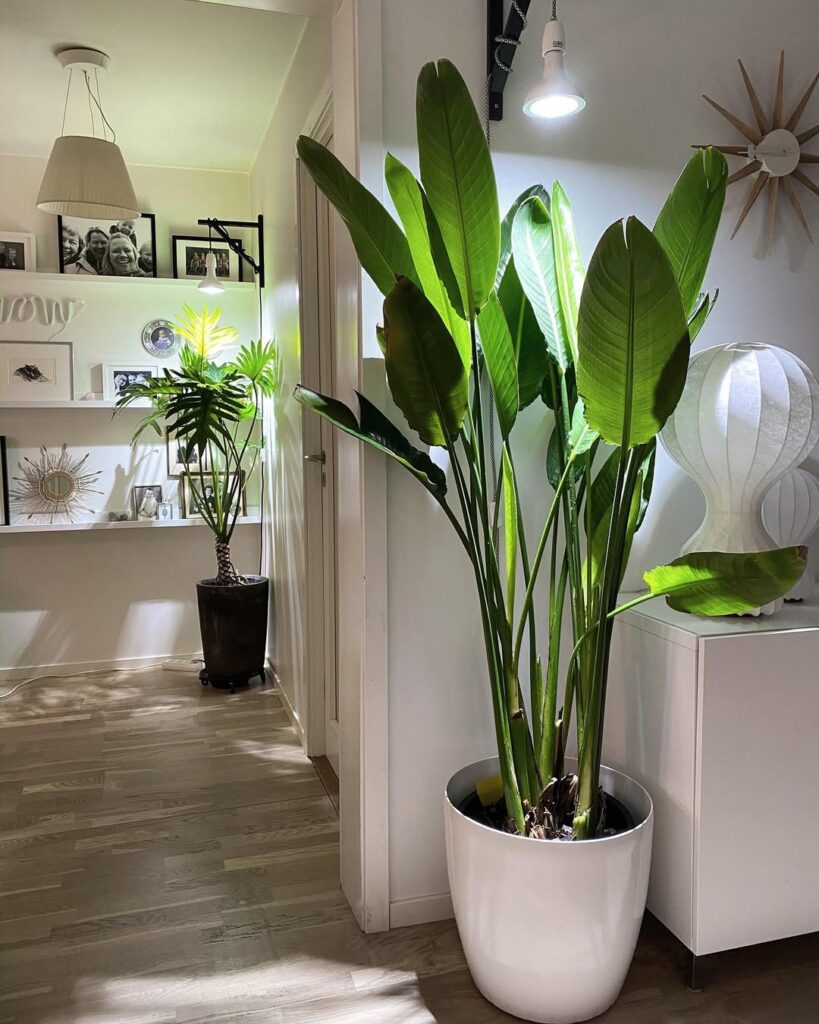
Bird of Paradise plants handle air conditioning well if given sufficient light. Their large, tropical leaves maintain their beauty despite cooler indoor air.
Moth Orchid (Phalaenopsis spp.)
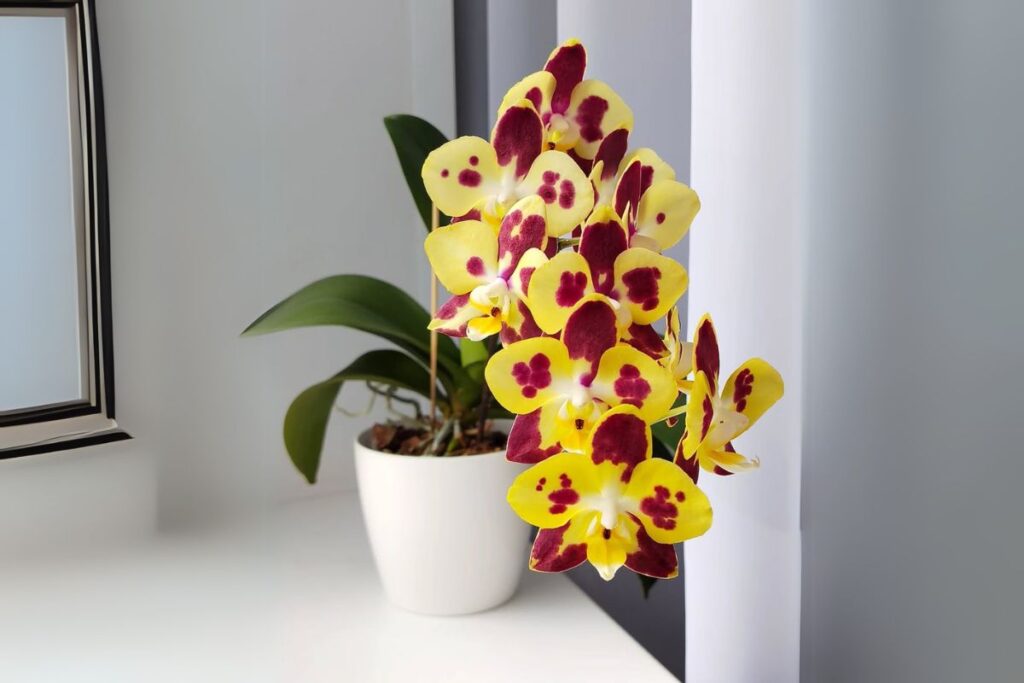
Orchids are surprisingly tolerant of AC, provided they are watered correctly. Their elegant blooms last for weeks, even in dry indoor air.
Corn Plant (Dracaena fragrans)
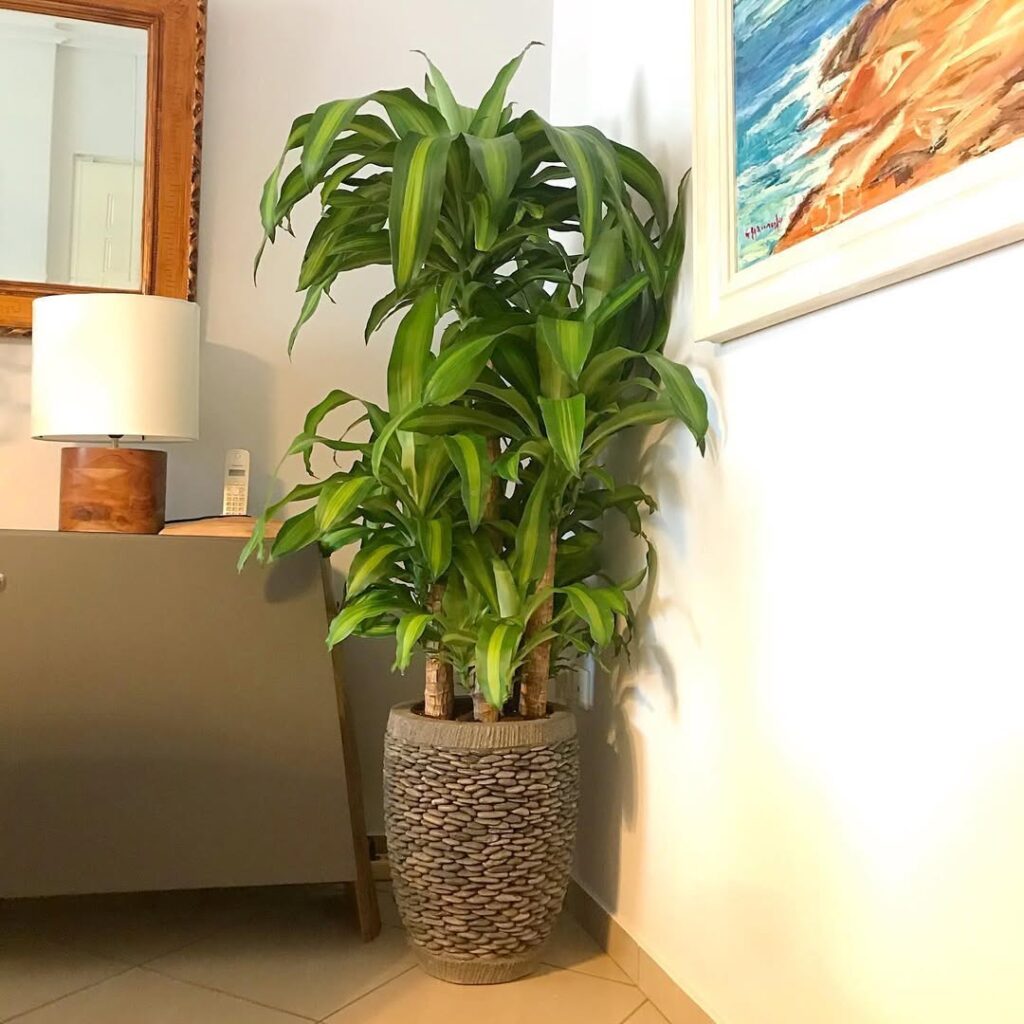
This Dracaena variety tolerates air conditioning effortlessly. Its tall, green foliage adds a touch of elegance to cool indoor spaces.
Kentia Palm (Howea forsteriana)
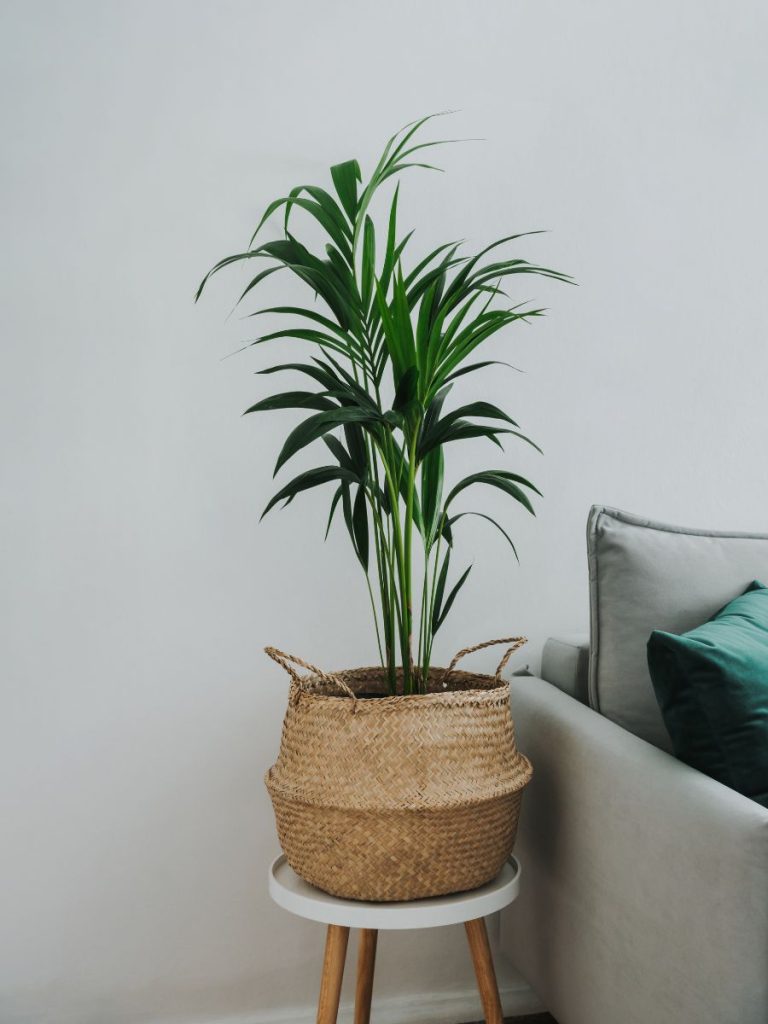
Kentia palms adapt well to low humidity and cool indoor air. Their graceful fronds remain fresh despite air conditioning.
Lipstick Plant (Aeschynanthus radicans)
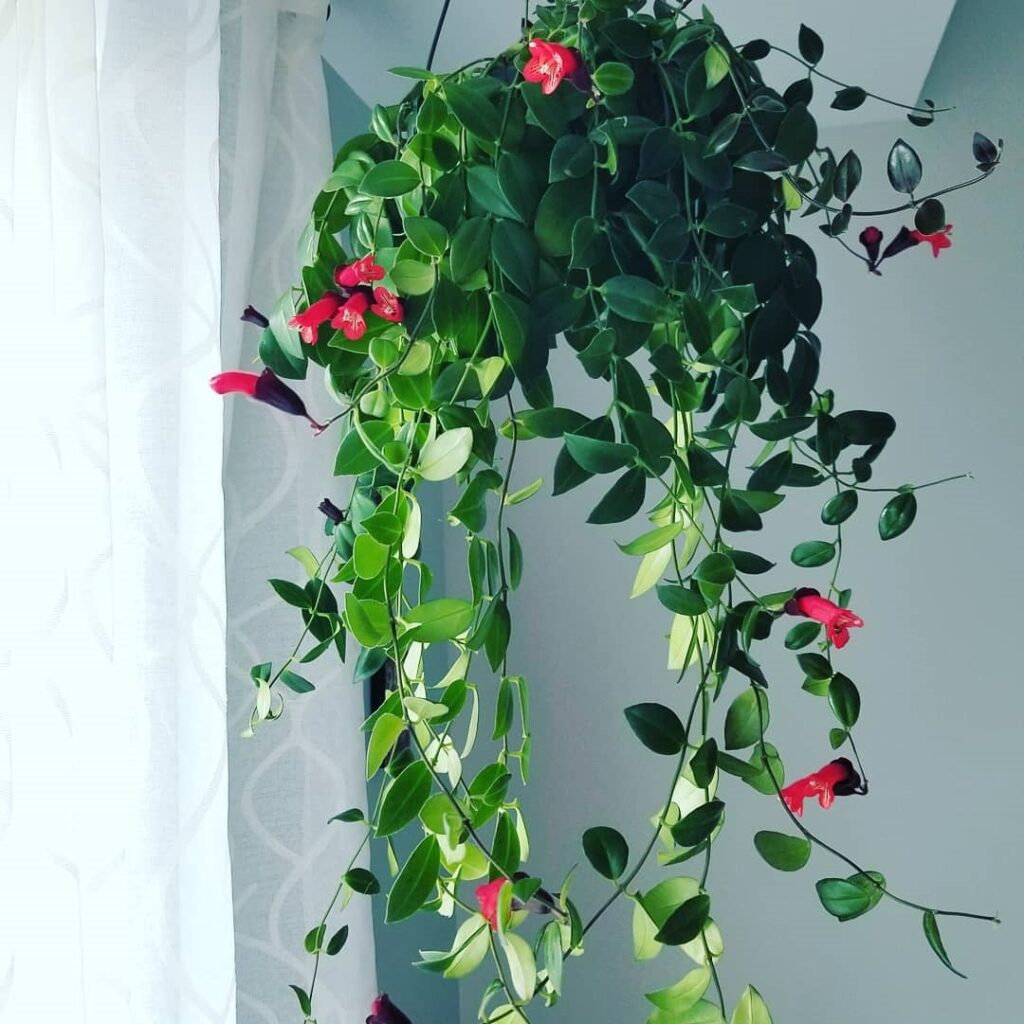
Lipstick plants thrive in air-conditioned rooms and produce vibrant red flowers. Their trailing vines add charm to indoor spaces.
Bromeliad (Bromeliaceae spp.)
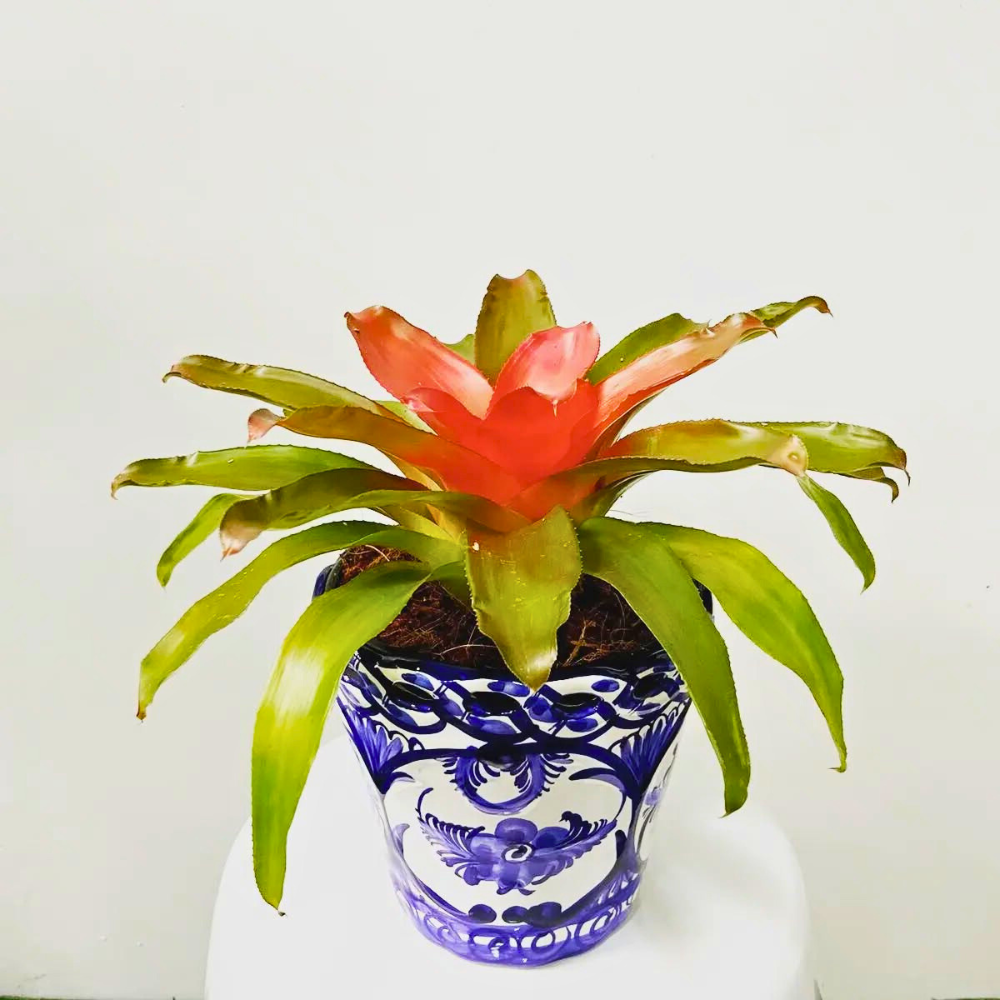
Bromeliads tolerate AC environments as long as they receive bright light. Their colorful rosettes bring a tropical flair to indoor gardens.
Grape Ivy (Cissus rhombifolia)
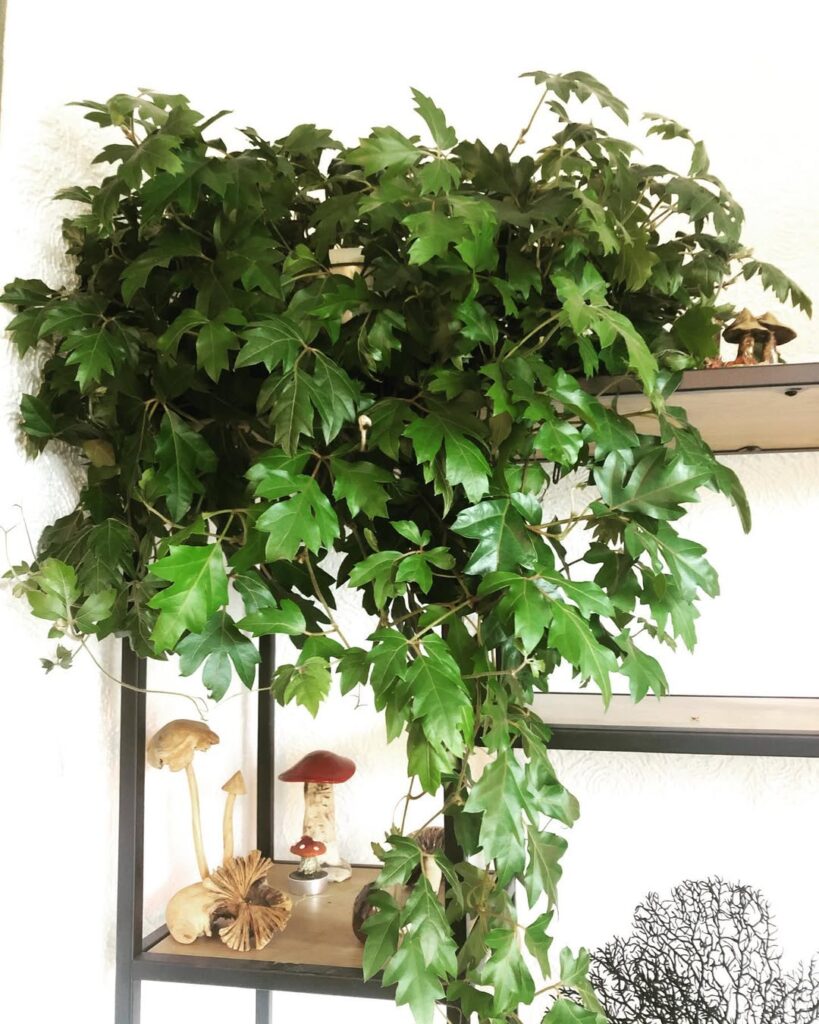
This hardy vine withstands dry, cool indoor air. Grape ivy’s cascading growth makes it a stylish addition to air-conditioned homes.
Dumb Cane (Dieffenbachia seguine)
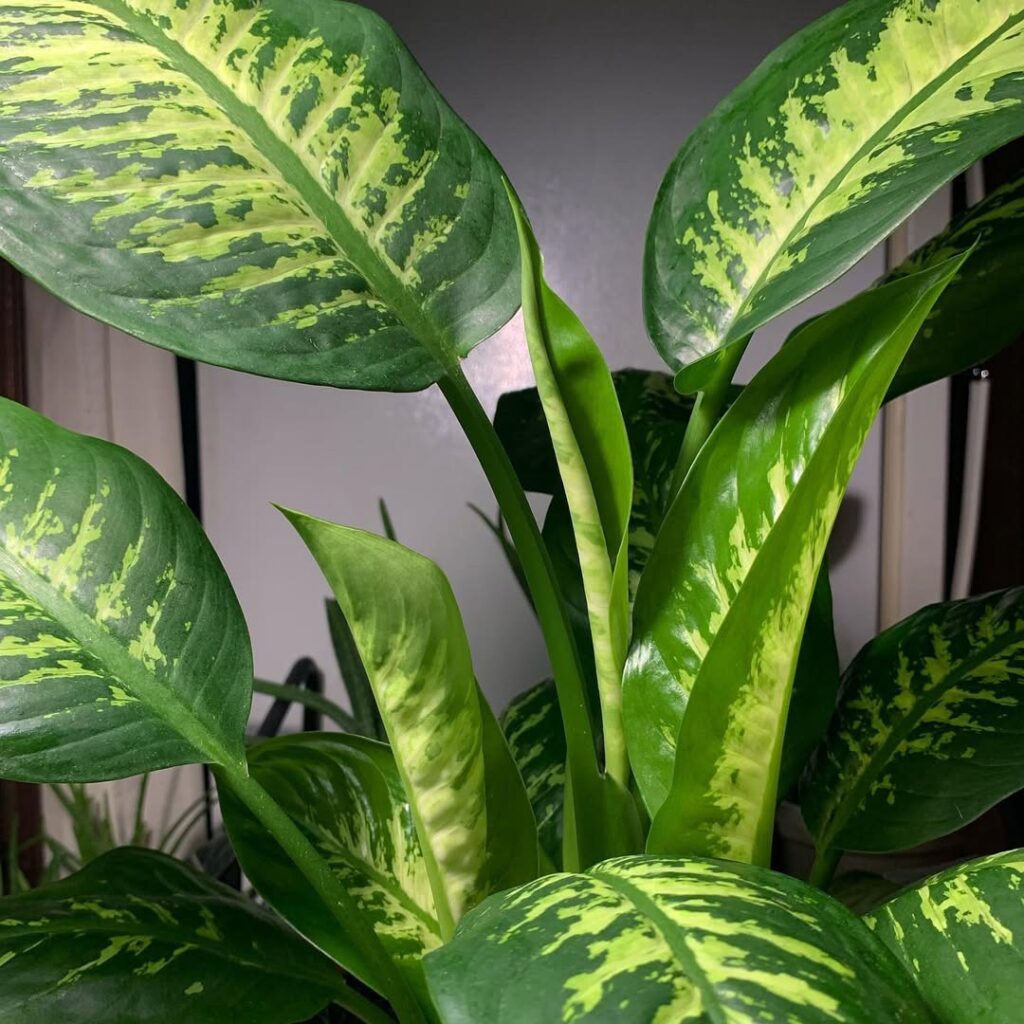
Dieffenbachia varieties adapt well to air-conditioned rooms. Their large leaves remain lush despite temperature changes.
Ponytail Palm (Beaucarnea recurvata)
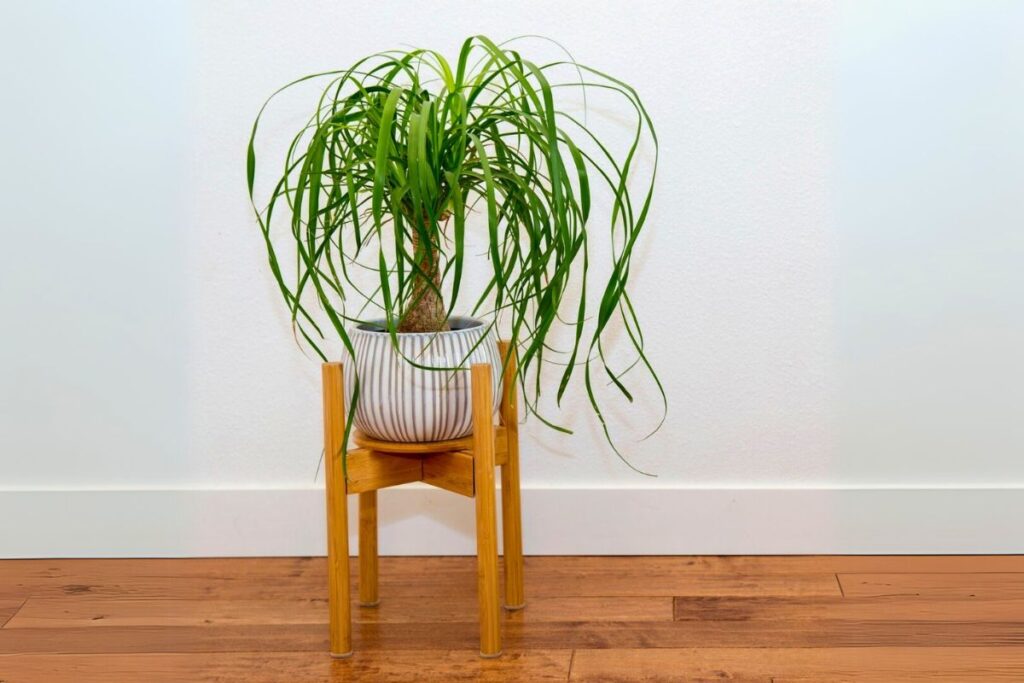
This drought-resistant plant tolerates dry indoor air and fluctuating temperatures, making it perfect for AC spaces.
Christmas Cactus (Schlumbergera spp.)
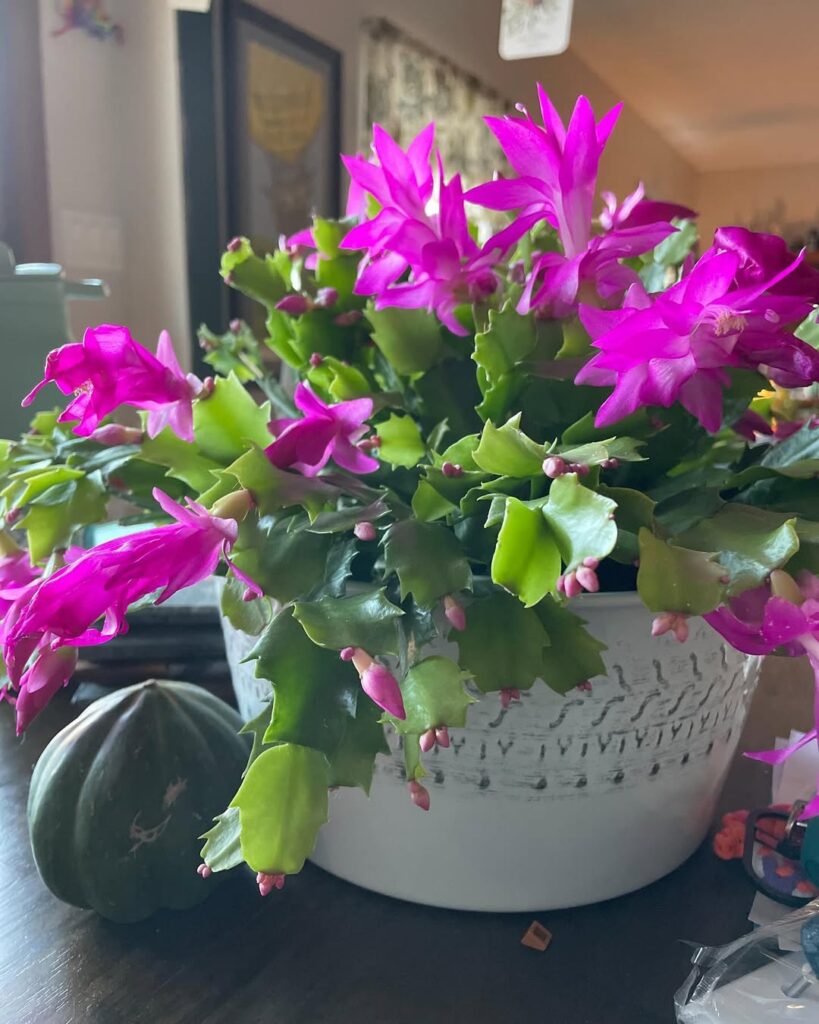
Unlike many succulents, Christmas cacti adjust to cooler temperatures and thrive indoors year-round. Their festive flowers brighten up any space.
If you want to maintain greenery in an air-conditioned home, these plants will thrive with minimal effort. Occasional misting or placing a humidity tray nearby can help keep their foliage fresh and vibrant.
